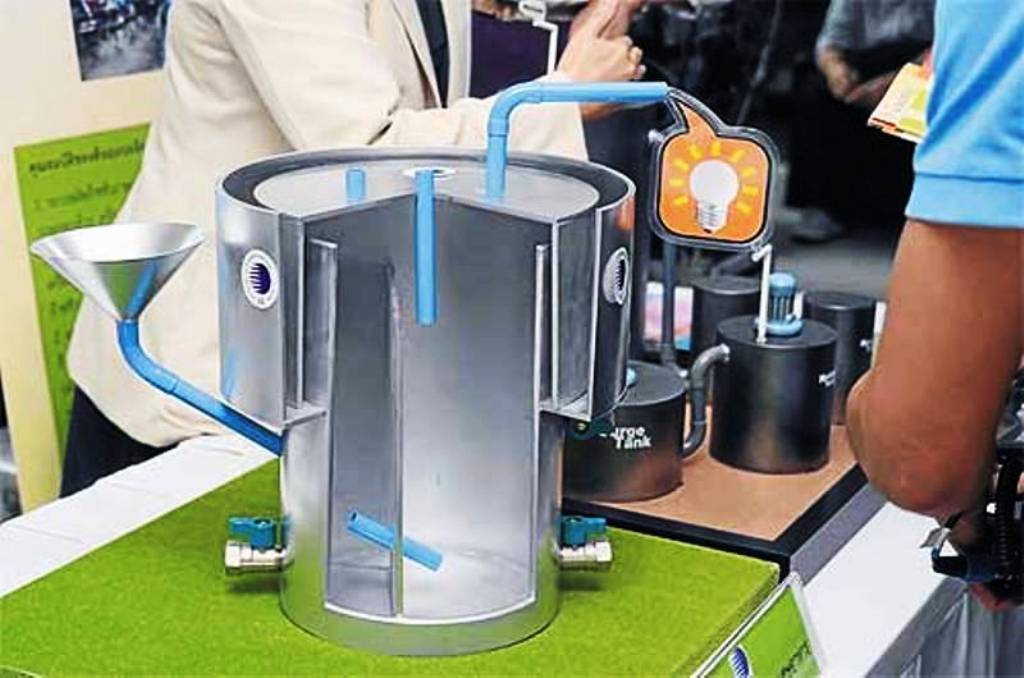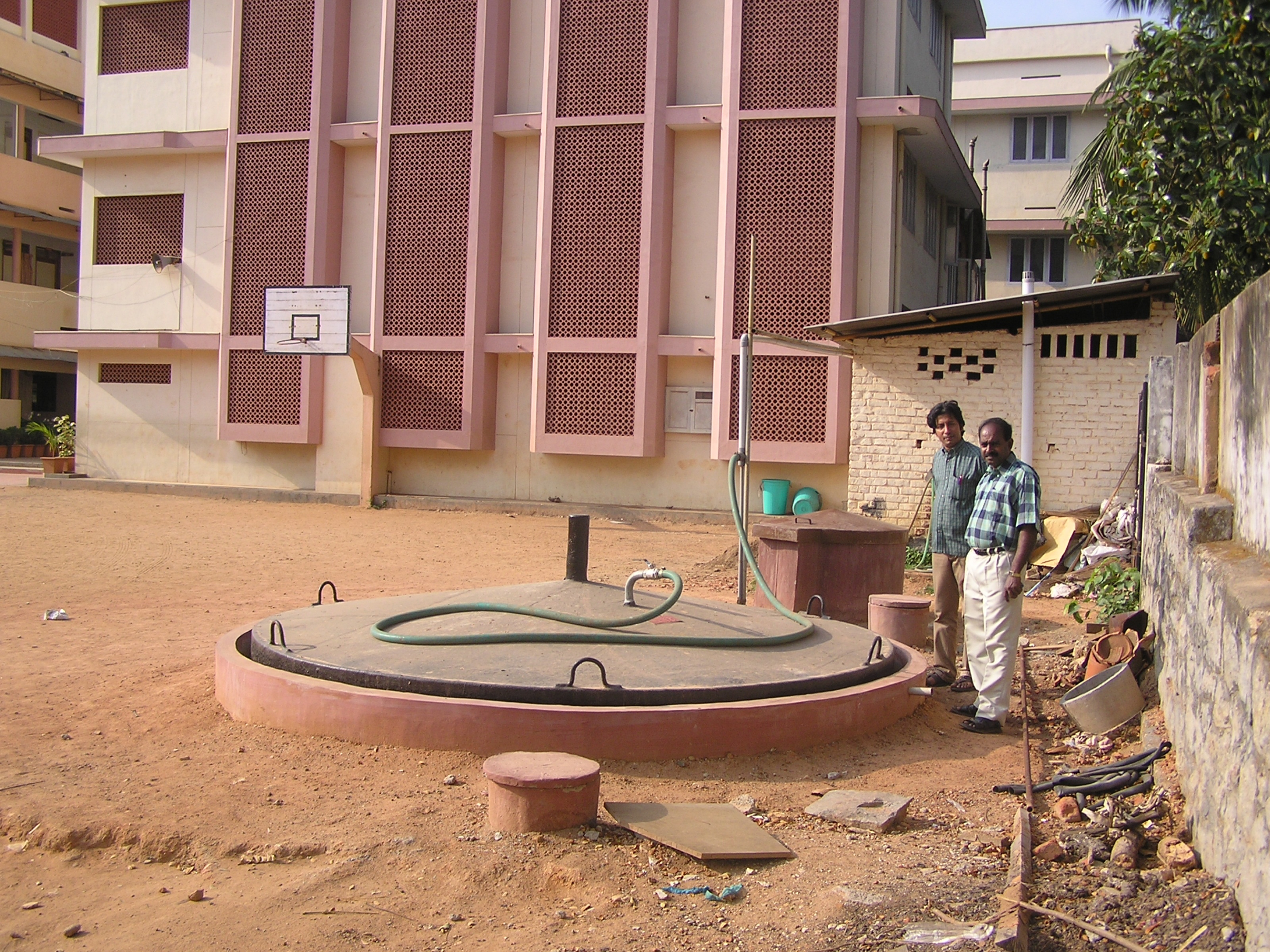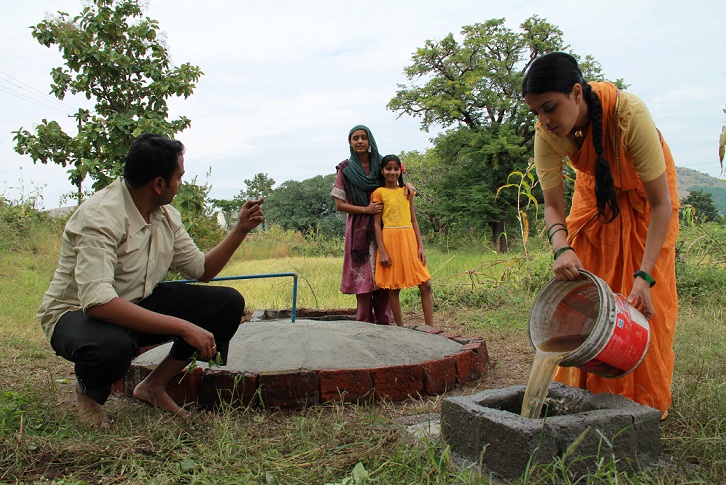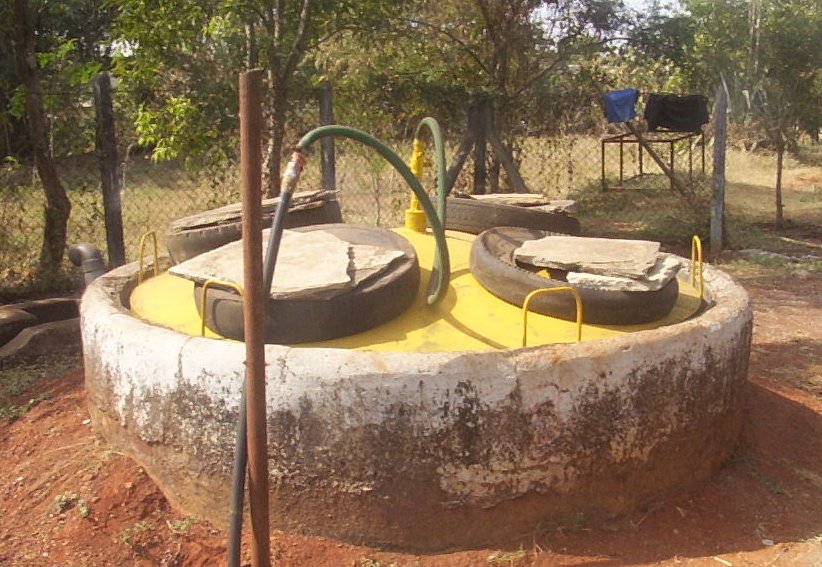 We often come across the term wasteland in relation to arid and semi arid regions that don’t support flora and fauna in the kind of density they are found in rain-fed evergreen regions. In recent times, we have come across patches of land in the midst of rich farmland being referred to as wasteland; a little bit of probing into the matter reveals that these wastelands are actually the living proof of the toll that heavy duty chemical fertilizers and pesticides have taken on our rich farmlands.
We often come across the term wasteland in relation to arid and semi arid regions that don’t support flora and fauna in the kind of density they are found in rain-fed evergreen regions. In recent times, we have come across patches of land in the midst of rich farmland being referred to as wasteland; a little bit of probing into the matter reveals that these wastelands are actually the living proof of the toll that heavy duty chemical fertilizers and pesticides have taken on our rich farmlands.




 There’s another area which we can refer to as wasteland but doing so could embarrass us. Well, going by the amount of waste lying unmanaged across the length and breadth of both urban and rural India, there can’t be a more apt classification than to call it a wasteland of gigantic proportions. We do gloat over terms like “biggest”, “largest”, “oldest”, “youngest”, etc. So, there’s no harm if we refer to our entire nation as the world’s largest wasteland. Humour apart, we’re in fact, sitting atop a treasure of resources that can meet a huge part of our energy needs. Yes, it’s the dirty, filthy and stinking waste generated by 1.25 billion souls.
There’s another area which we can refer to as wasteland but doing so could embarrass us. Well, going by the amount of waste lying unmanaged across the length and breadth of both urban and rural India, there can’t be a more apt classification than to call it a wasteland of gigantic proportions. We do gloat over terms like “biggest”, “largest”, “oldest”, “youngest”, etc. So, there’s no harm if we refer to our entire nation as the world’s largest wasteland. Humour apart, we’re in fact, sitting atop a treasure of resources that can meet a huge part of our energy needs. Yes, it’s the dirty, filthy and stinking waste generated by 1.25 billion souls.
So, are we doing anything about it? Yes, certainly we’ve begun to make use of this enormous resource base although we’re just about nibbling at the tip of the proverbial iceberg. It’s home-grown technology…thankfully and there are scores of successful and sustainable case studies that are making the waste disappear from our streets to end up into gasifier plants where they produce pure methane and carbon dioxide that meet the domestic fuel needs of households on the one hand and the electric power needs of the community on the other.
Kerala is one state that has been setting the benchmark for the rest of the country in socio-economic development. So, it isn’t surprising to see that the state is commissioning such micro gasifier plants that use organic waste including sewage from lavatories to generate electric power for micro grids. The case study of the successful installation of a gasifier project in the main market place of the little rural town of Pathanapuram in Kollam district in Kerala is remarkable for the replication potential it offers to tens of thousands of similar smelly markets strewn across thousands of such small rural towns across India.
Like any other market place in India, the main market area of Pathanapuram was facing a serious waste management challenge with almost a tonne of organic waste being generated everyday. The market place reeked of the most revolting stench from a combination of organic waste which included slaughterhouse and fish market waste that piled up and decomposed in the market street. The Pathanapuram Gram Panchayat, which managed the market, approached Biotech, an NGO, which operates on the social enterprise model where unbridled profit is not the motive.
Biotech, founded by A. Saji Das in 1994, has mastered the home-grown biomethanation gasifier technology which recycles the organic waste in such a way that at every turn of the cycle right till it ends up on the farmland as highly enriched organic fertilizer, the smelly waste offers high value. The Pathanapuram Gram Panchayat handed Biotech the contract to build the gasifier plant that will consume the entire load of organic waste their market generated. Biotech completed the installation within the stipulated timeframe in October 2003 including training a team of three local residents in the running of the plant, at a total cost of Rs. 26 lakhs which included government subsidies and other assistance.
Today, the Pathanapuram market place has become a role model for optimum waste management and harnessing of green energy from waste matter. Over a tonne of organic waste is absorbed by the plant set up by Biotech; the output is no less impressive – 60m³ of bio-gas everyday, which helps generate 90 Kva of electric power that is absorbed by the market. That’s not all; about 400 to 500 litres of liquid organic fertilizer is also produced by the plant everyday.
The total value of output from waste processing is well in excess of Rs. 10 lakhs annually which means the project paid back the cost in less than two years. Last but not the least we haven’t factored the benefit derived from the disappearance of a tonne of smelly garbage every day on the market street. Isn’t it one hell of a win-win deal?
